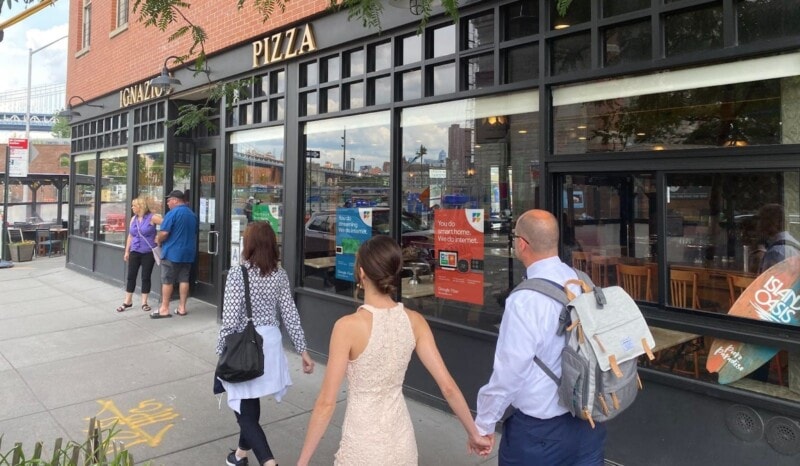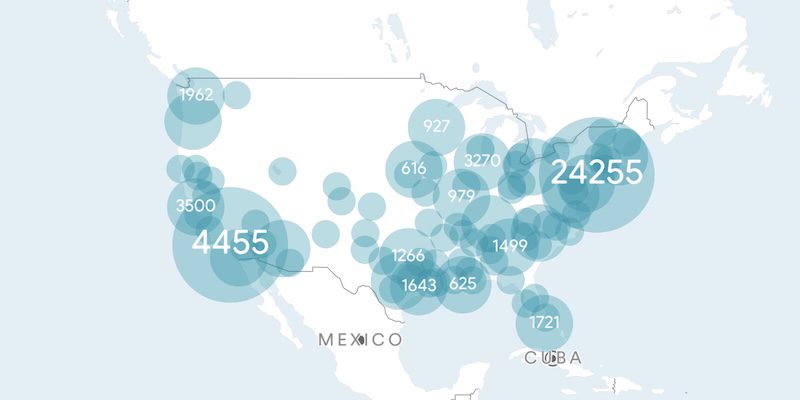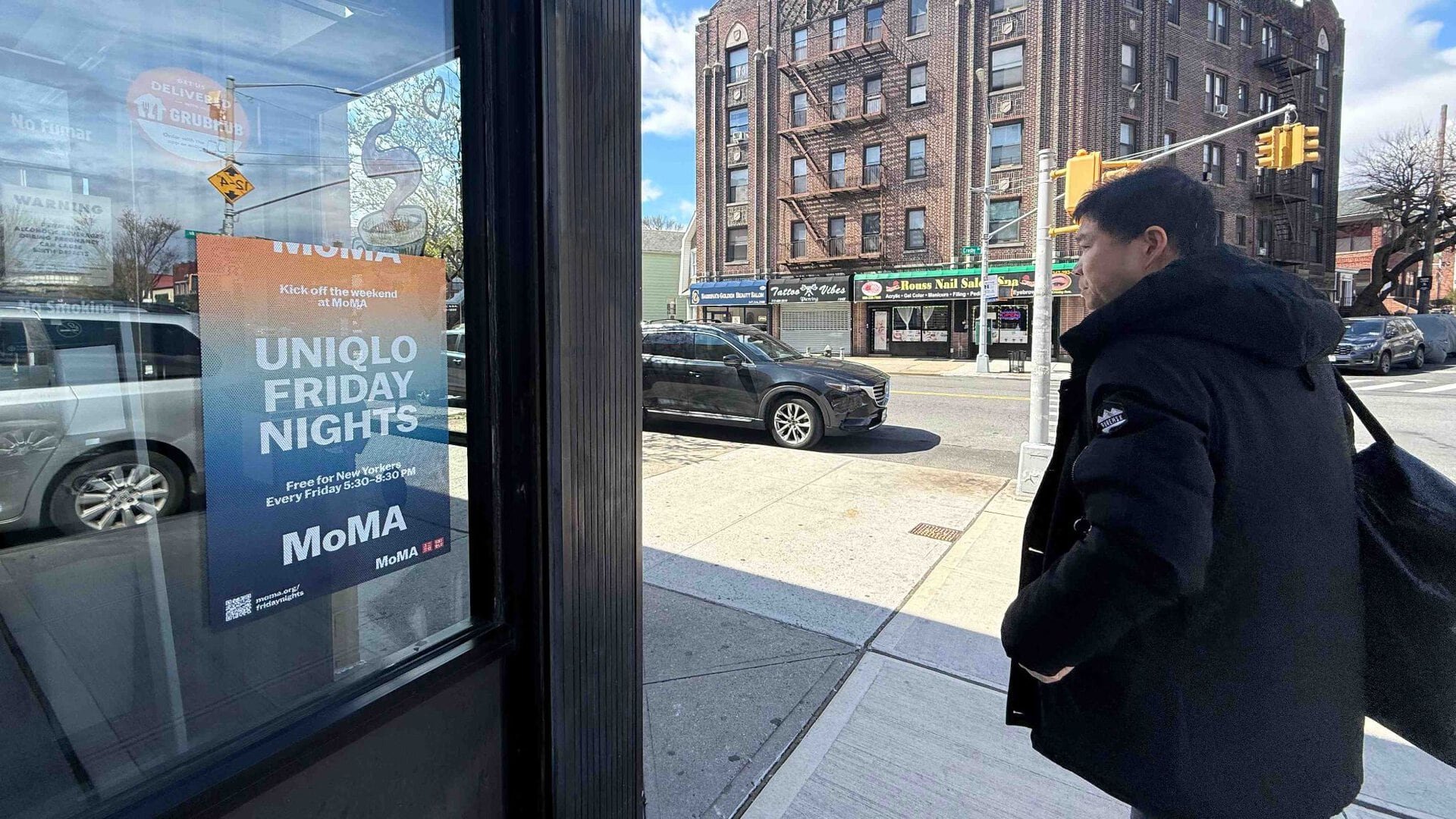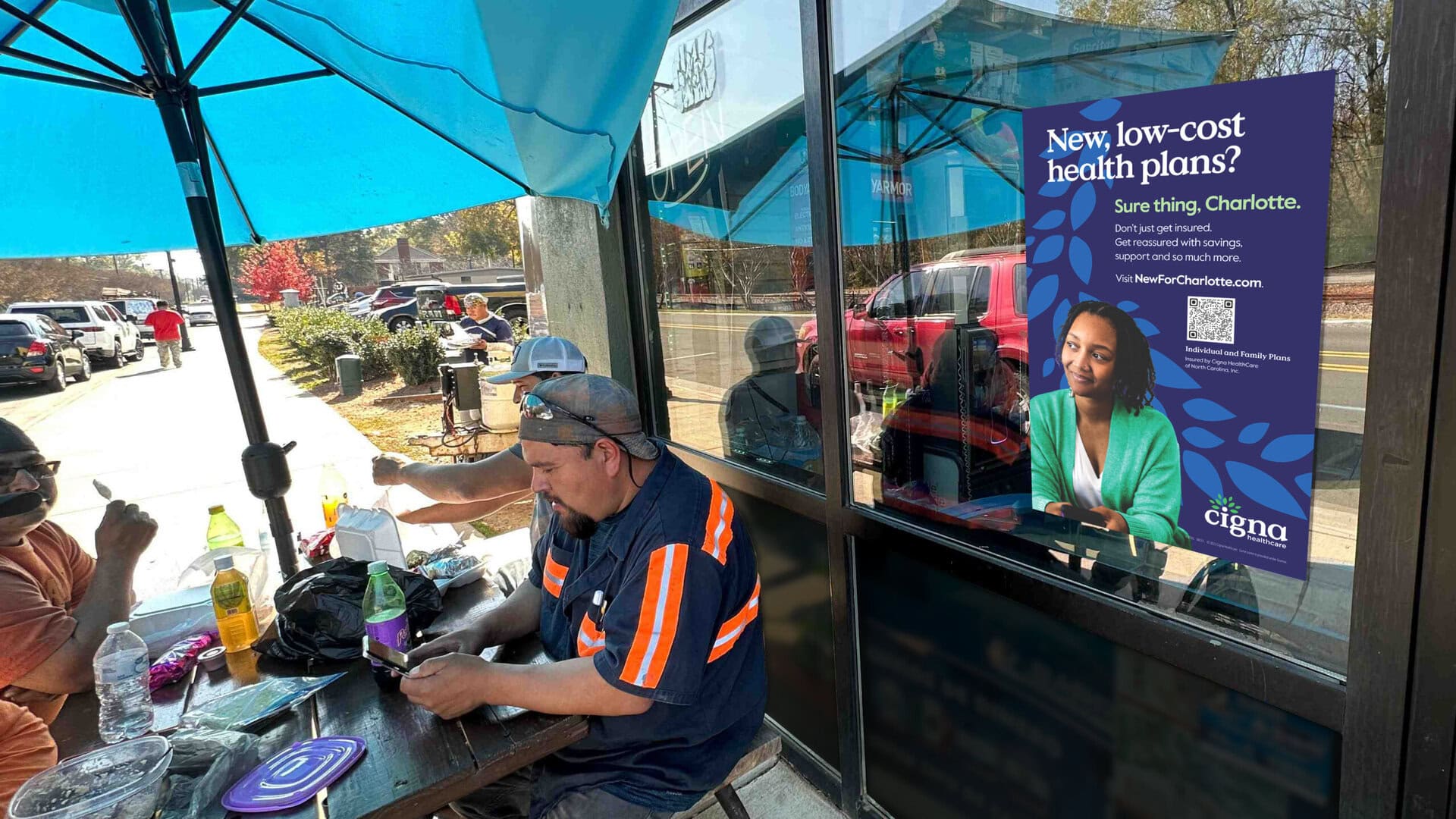
OOH is surging amid slowdown in digital ad revenue.
It’s no secret that digital advertising has dominated marketing budgets over the past decade. Slammed by a weakening economy, developments in data privacy legislation, and the forthcoming decline of third-party cookies, recent evidence suggests that the state of advertising is experiencing massive shifts while rediscovering the beauty and efficacy of more traditional channels.
Snap, parent company of Snapchat, missed second-quarter revenue targets last Thursday, and warned that “forward-looking visibility remains incredibly challenging.” After Snap painted a grim picture for revenue growth, Facebook-owner Meta Platforms, Google-owner Alphabet, Pinterest, Twitter, and other social networking giants that sell digital ads lost around $80 billion in combined stock market value.
This slowdown in digital advertising revenue comes as social media customers face inflation at 40 year highs, paired with privacy concerns, and rising dissatisfaction across digital channels.
Besides economic and privacy challenges, consumers are growing increasingly intolerant of advertising noise that shifts them away from their home feeds. With Mark Zuckerberg announcing a rebrand to push AI recommended content, even Kylie Jenner is complaining about the clutter and petitioning to “make Instagram Instagram again” instead of “trying to be tiktok.”
While other mediums continue to grapple with shaky prospects, Out-of-home ads have been catching the eyes of advertisers and consumers more than ever.
Whether through offering real-time KPIs of audience impressions, or developing drive-to-store or drive-to-website measurement tools, OOH is becoming more quantifiable and guaranteeing traders insight across the whole media buying process.
And just as marketers look for cookieless alternatives and opportunities to reach broader audiences, studies suggest that people are noticing OOH media now “much more” since the pandemic’s start, with nearly 85% of consumers saying they find OOH ads useful.
That’s not to say that advertisers should limit their campaigns to one medium, but with heightening privacy and economic anxieties, it might be a good idea to leverage more sustainable alternatives.

WNDW has been a pioneer in advancing highly-impactful, hyper-local OOH media for the past 30+ years. Just look at our execution of Horizon’s omnichannel initiative for Paypal which utilized both our consumer-facing OOH storefront billboards, and Small Business Direct services. WNDW’s personnel ran in-person app demos with management, enabling SMBs to sign up for PayPal’s touch-free payment system within minutes.
Not only did this OOH campaign blanket over 80 local neighborhoods throughout the U.S., but it also enabled the seamless integration of small businesses that make up the backbone of our communities.
The OOH landscape offers windows of opportunity for mindful advertising that won’t interrupt your scroll or jeopardize your privacy. What’s old is new, and OOH will continue driving up engagement while tracking cookies crumble.



